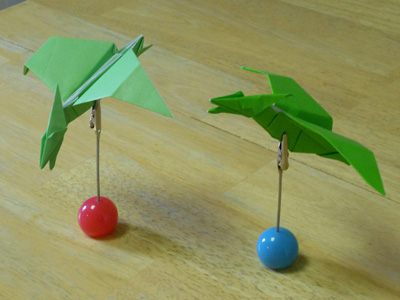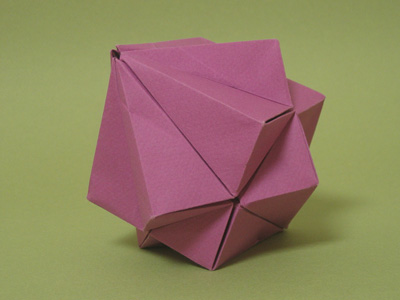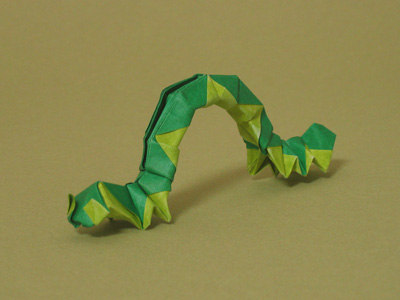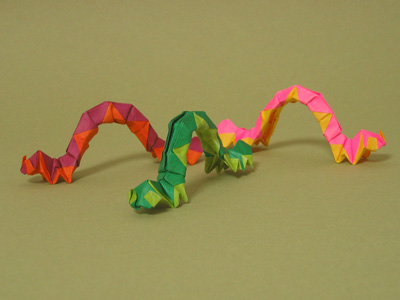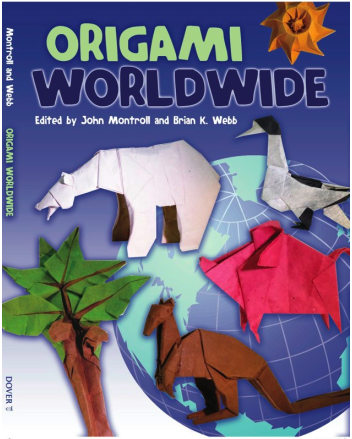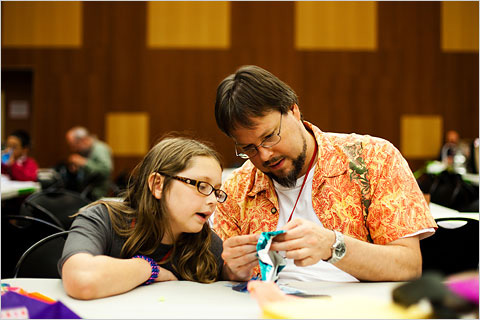Yeah I’ve remained lazy about updating my blog. But I’ve been on vacation, enjoying time in the real world away from the screen. And then yesterday was the first day of school for the kids. How quickly the vibe changes from relaxing to demanding. So here’s a LIFO recap for all y’all.
The good news is the kids think the new school is great. Jeannie for some reason has was really uptight and upset about the whole thing.
And of course the return of the usual pressure from work. Put up a new release of or app today. Completed lots of refactoring to smooth the road forward. The boss always wants me to get more done in less time while making my code look more deeply thought out despite the time pressure.
Before that, on the weekend between our vacation and the return to the world of working for the man, I finally organized my studio and cleaned up the garage, so those jobs got crossed off my summer todo list before the start of fall. I took apart my old lawnmower and put the engine in storage, added to the collection of future robot parts.
Before that we got back from a road trip to Washington DC and Ocean City. It was a great time. In DC we visited John Montroll and he and I had some good origami time. He has some great new models, and I showed him my work-in-progress book, which he wants to help me get published. I’m up to sixteen models diagrammed and formatted for the print page.
We also went to a few of the Smithsonians. The museum of American History, where we saw Eddie Van Halen’s (heavily modified Strat) guitar, Bill Clinton’s (completely unmodified, not even a rubber band to stand in for a bad spring, Conn) saxophone, and Farrah Fawcett’s (I have no idea) orange swimsuit and Catwoman’s original Catwoman costume, among other attractions.
The National Museum of Natural History is much smaller than the NYC counterpart, but the exhibits are more focused and less run-down. Better lighting and signage mainly; the taxidermy and rocks are pretty much the same. There’s a major Hall of Skeletons that goes on and on, going from every order of mammals thru birds and down to reptiles. Plus all the usual taxodermy and minerals, and a bit of outer space, and a focus on Elephants. Couldn’t do the mall without visiting the Air and Space museum, with Wright and Curtis fliers, and spaceships that have been to the moon and back. At this point it feels like America’s former glory. Saw an awesome newsreel of Teddy Roosevelt flying a Wright Bros. plane
Also toured the Capital. It’s changed alot since we were kids and you could circumnavigate the place running up and down all the steps. Now all the step are guarded like Grand Central Station by Homeland Security cops with dour faces and machine guns. To take the tour you have to go in thru this new underground compound on the East side, and then after a movie you’re shuttled up thru some escalators to the Rotunda. The tour guide was friendly and knowledgeable, and there was alot to learn about the paintings and friezes in the rotunda. The painting of Balboa was unrealistic, since he was supposed to be 24 years old but had a beard like a 12th level Dwarven warrior.
We also saw the Canadian Embassy. We took the train in to DC to avoid parking hassles. When I visited D.C. as a kid my Dad parked at the Capital in the space reserved for our NY representative, uh, claiming he was representing New York. Well that’s no longer possible without suffering severe tire damage or worse.
The last three day of the trip were spent on the beach and in the hot tub and in the water park and at Asseteague National Seashore. The waves were pretty intense, which made for good body surfing and boogie boarding, but it took alot of energy just to get out past the breakers. You got pretty beat up or at least thrown around every time, so you could only stay in the ocean an hour or so. The rest of that stint was total relaxation, boardwalk, and yummy seafood dinners. Scallops and crabs. This has gotten to be a habit with us. 5th year in a row I think for Labor day. Just so awesome. The days go by too fast. You should consider joining us one year.
Before that, rewinding a week and a half now, was the hurricane. Lots and lots of wind and rain. Jim Cantore of the Weather Channel was broadcasting from NYC, which was enough to fill us with dread. Luckily in the end we were unharmed, although we lit out for our vacation a day and half late because we needed to ride the storm out and then clean up the yard and clear the street. We had been planning on going to colonial Williamsburg and Busch gardens, but ended up punting on all that b/c in VA they lost power and didn’t know when it would come back on.
The main storm was Saturday night, and I stayed up late listening to the wind howl, but we all went to bed not knowing the end of the story. Sunday morning it was pretty calm and we went for a walk down to the creek, which had overflowed its banks and flooded the adjacent street. Sunday afternoon we got heavy wind from the backside of the hurricane. It downed a tree across the street from us, the last of a stand that have fallen in storms the last five years or so. Luckily for us it fell away from our house. Unluckily for our neighbors across the street, it took out their power line and they didn’t get it back for five days.
In other news, Lou came home from the hospital the Friday before the storm. He’s basically okay and glad to be home, but there’s some major lifestyle adjustments, particularly around diet. He has to eat soft foods for a while, and ease his way back into normal food. Heaven knows when he’ll be able to have a drink. When the storm hit, their whole neighborhood lost power, but their house didn’t flood. Denis and Sylvia took KVAP for a few days and brought over ice and food daily, so Lou could get some rest and Mary could deal with the emergency. The power came back on sometime when we were away, and things are more-or-less back to normal now. KVAP started school today and Lou is home convalescing for a few more weeks at least. Luckily (for 21st century America) his health insurance covered everything and he can take as long as he needs to get back to work and his job will be there for him. Still the situation sounds pretty rough.
In other other news, my friend Olga from work had her house pretty much destroyed by the hurricane. She lives in central New Jersey, on a bit of county-ish land by a creek, kinda like Martin’s old place. A few years ago the dam upstream failed, and she has been involved in a lawsuit against her town, which declined to rebuild it. This last storm her whole house flooded on the lower floor, plus her cars were destroyed, and she was stranded in the top floor of her house for most of a week without power, until the flood receded. Bad situation. Not sure if her kids made it to the first day of school. Not clear when she’ll be back to work; she was out the whole week. So I’m basically picking up her work for now on top of my own.
Ah well such is life.
